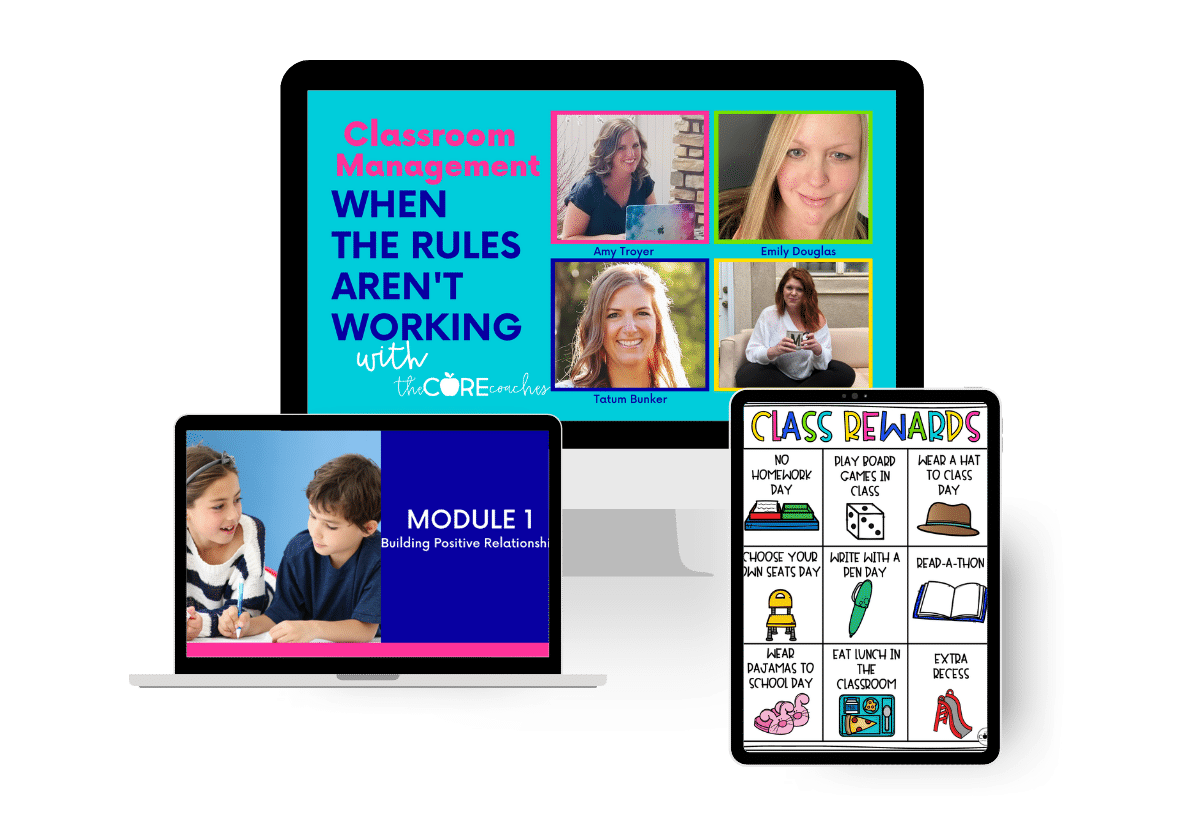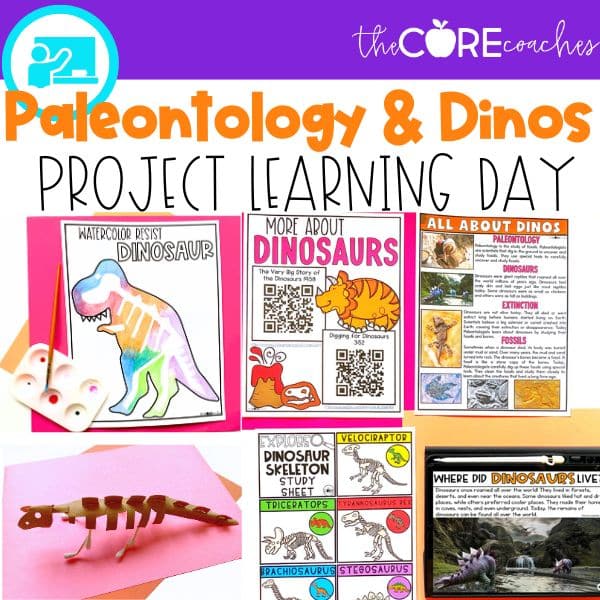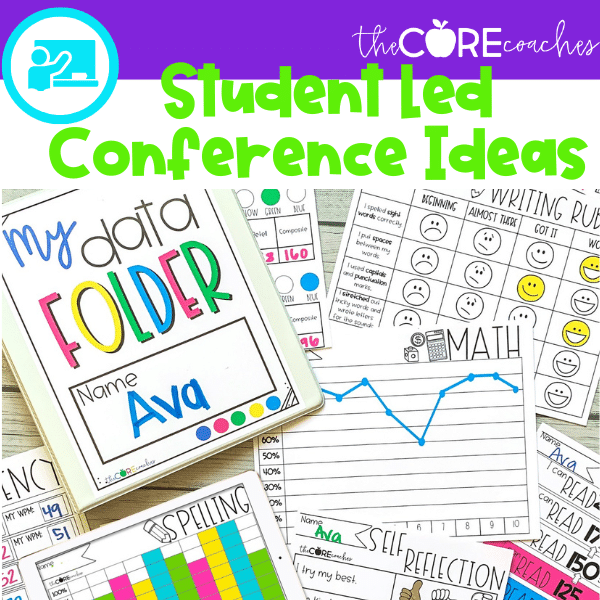Classroom Preparation
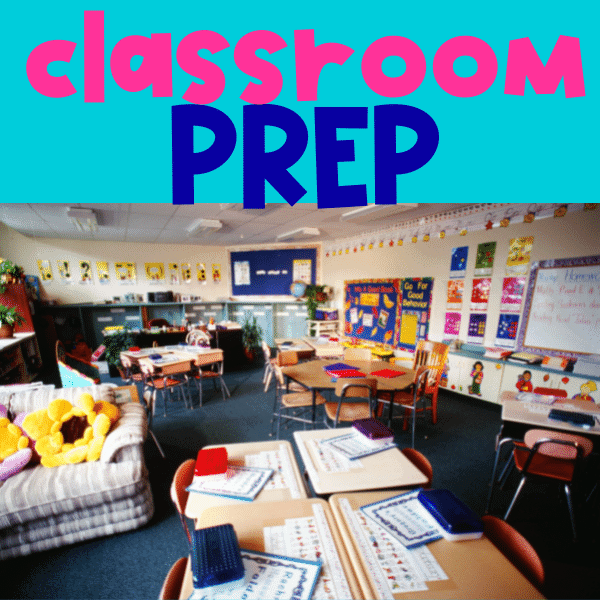
Two of the best ways to be successful in managing your classroom are to be prepared & to be adaptable. Adapting always comes easier if you are prepared first though.
Classroom preparation is necessary in two different areas: lesson plans and the physical classroom. Both play an equal and important role in effective classroom management.
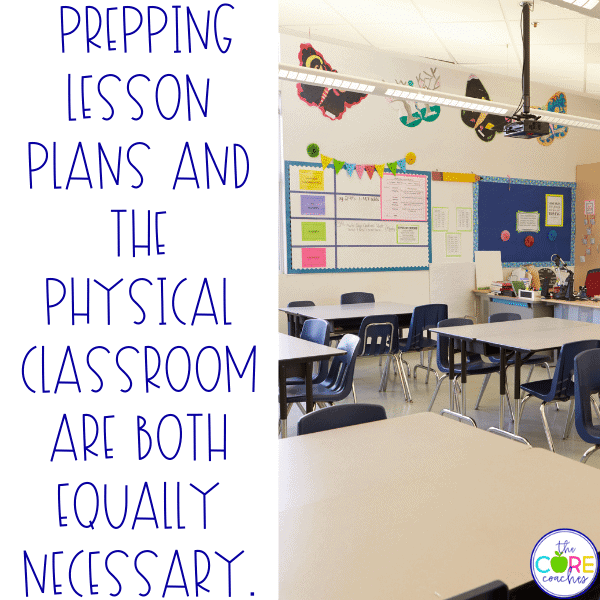
Lesson Plans
Think back to your days of student teaching (if you are currently student teaching, this will be easy!). Do you remember the expectations for your lesson plans? When you are preparing to become a teacher, you go through EVERY.SINGLE.STEP to create the BEST Lesson plans! It makes sense – your grade depends on it. More than the grade though, you know you are responsible for someone else’s class.You know you might get observed. AND…you know that to be successful in those two areas – you need the kids to listen to you.
Having the kids listen to you. Right there is probably the most important reason for being prepared with well-planned lessons. It’s not the grade or the observation (then or now), but it’s how well the students listen. Why? Because when the students are listening, they are learning!
In the end, the reason for effective classroom management is for learning. One of the best ways to manage your classroom is with well-prepared, and engaging, lesson plans.
Engagement in lesson planning is essential for classroom management. If students are engaged in the lesson, then they are less likely to be causing distractions (or simply, disengaging in learning). This doesn’t mean you have to put on a show! Although, we a hundred percent recognize that sometimes it feels that way. We also recognize that all that time you had as a student teacher to plan, plan, plan – is no longer a reality when you get your own classroom.
So, how do you come prepared with engaging lesson plans – when you don’t have the time, and quite honestly – the energy – that you had when managing another teacher’s class?

Many of you probably already have a planning system in place: a yearly calendar to outline your units and lessons, a set day each week where you prepare all of your materials for the next week; units that you created one year and continue to use every year. All of these are great ways to be prepared!
Being prepared is not just about having the academic content covered though, it’s also about preparing different engagement strategies to teach the content. Engagement is what keeps students focused on learning.
Engagement Activities: Think of 5 different ways that you can teach your lessons.
- Miniature white boards for students to write on
- Large white board
- Group work
- Digital activities
- Think-Pair-Share
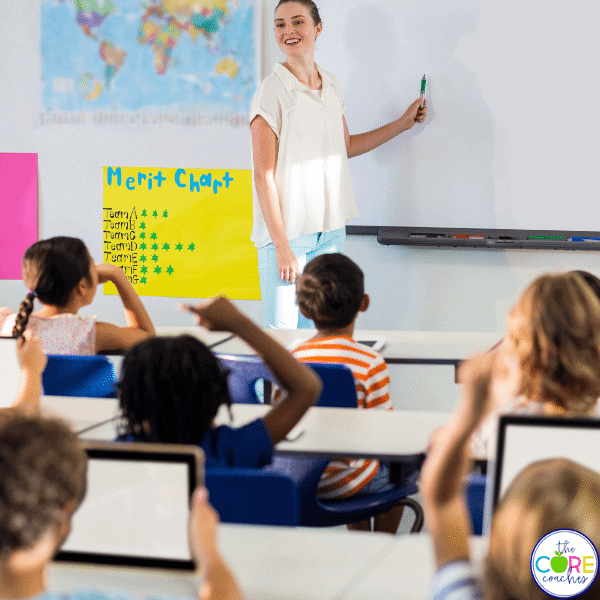
For example, if you used the big whiteboard to teach vocabulary earlier in the day, have students use their mini whiteboards to follow along for math. If students worked in groups for science, have them do a think-pair-share during reading.
These are just our examples! Choose what you have access to in your room, and what you notice keeps your students engaged. The important thing is to choose strategies that are EASY to implement. The easier they are, the more likely you are to use a variety more often. The more variety = the more engagement.
In addition to including engagement, think of other ways to make preparing lessons easier.
Collaborate with other teachers! Whether it is a team teacher in your school, or a friend who is also a teacher, share ideas & resources to help lessen the load for both of you.
Have backup lessons prepped and ready to go! There will be days when you are not prepared with an engaging lesson. Life happens. Plan ahead for those days. By anticipating those days now, you can still keep your students engaged (and the classroom managed).
At the beginning of the year, choose 1-3 lessons for each subject area. Is there a book you like, but don’t always get time to teach? Prepare a read-aloud that you can have on hand. Are there math review sheets that can help students practice difficult concepts? Keep a folder of copies that are made & ready to go!
Part of student engagement is not just about the lesson – it’s about minimizing distractions. Most distractions can be anticipated and managed ahead in how the physical classroom is set-up.
Classroom Setup
Think about your classroom (or previous classroom). Where in the classroom are students most likely to get distracted or be disruptive? Near the pencil sharpener? At their tables?
What transitions are they most likely to get distracted or be disruptive? Walking to/from the reading carpet? Walking back to their desks after recess?
Asking questions like these is a great way to begin thinking about how your classroom setup impacts classroom management. If you anticipate the disruptive behaviors, you can prepare to minimize them ahead of time.
Effective way to minimize these distractions & disruptions is through routines and procedures, and actual placement of materials.
If the pencil sharpener is right next to a table of chatty students – move the pencil sharpener. Not able to move the sharpener? Create an explicit routine with a clear traffic pattern to get to and from the pencil sharpener, quickly & quietly.
Are students great at walking quietly to the carapte for reading, but after reading they dawdle back to their desks? Create a routine with a clear traffic pattern. Tell students exactly where to go from the carpet. You may also include something simple like having a 1 minute timer. When the buzzer goes off, students are expected to be seated at their desks.
These are just two examples of how to set-up your classroom in a way that helps minimize disruptions. What are two areas in your classroom you could create a traffic pattern or routine for?
Be adaptable. Some days you won’t be prepared with a great lesson. Some days you will forget the timer for walking back from the reading carpet. Being able to adapt to this situations helps to keep classroom management intact. Have some back-up lessons prepared. Clap your hands when you forget the timer; then ask the kids what you forgot (they’ll tell you!) to reinforce what the procedure should be.
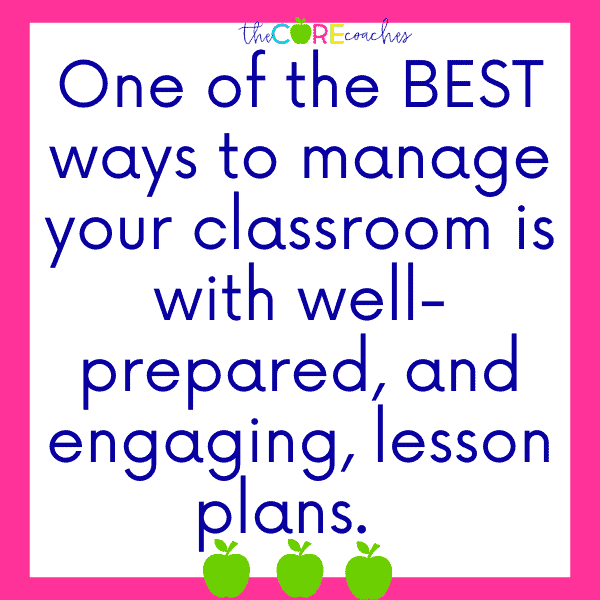
Ideally being prepared is the best option. If you have taken the time to prepare your classroom from the beginning though – those days you have to adapt will still be better than if there was never a plan to adapt from.
Start Our Classroom Management Course Today
